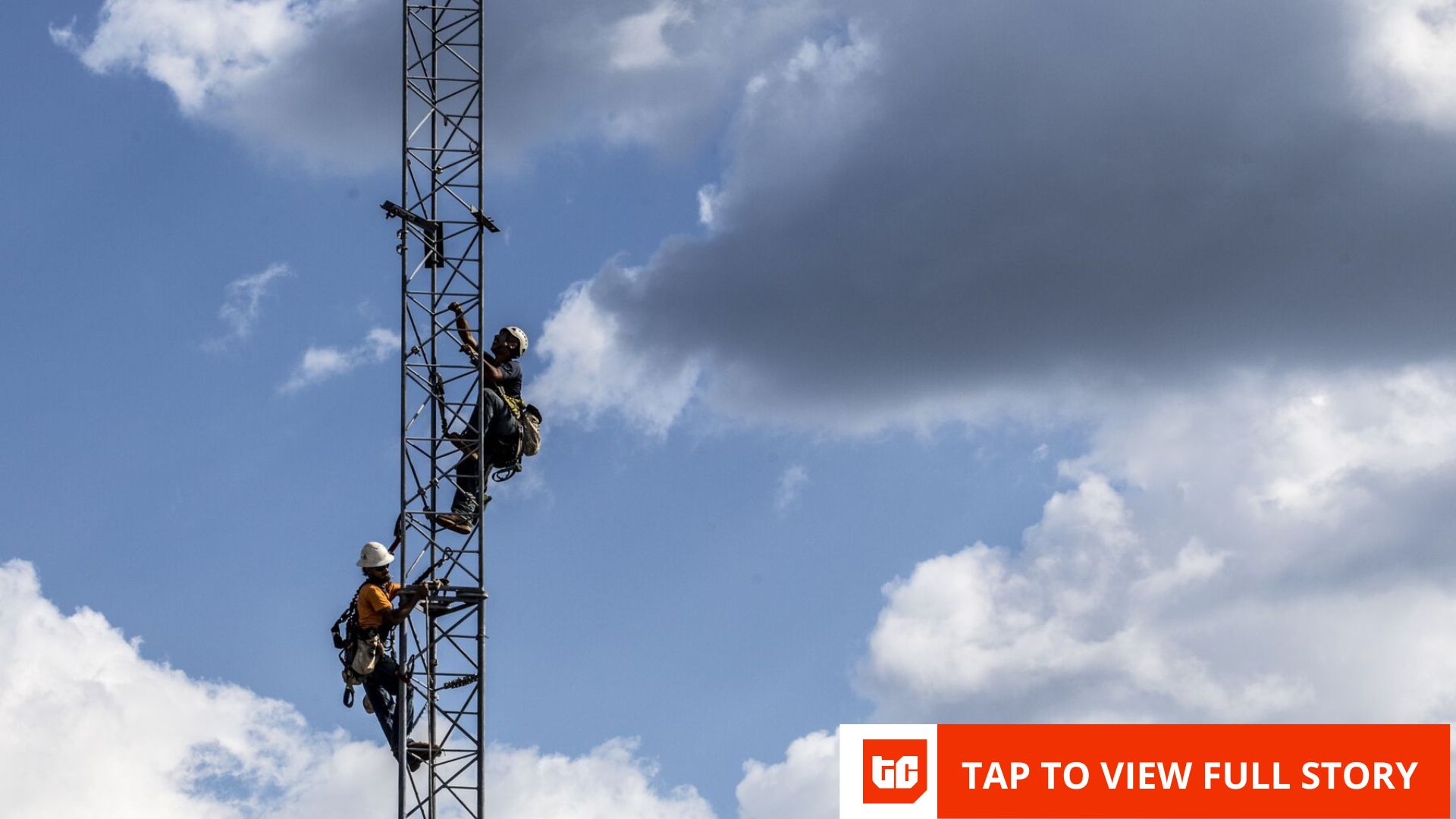We know the sun belches out solar winds, but the origin of these streams of charged particles remain a mystery and has been the subject of numerous studies over the past decades. The images captured last year by the Extreme Ultraviolet Imager (EUI) instrument aboard ESA’s and NASA’s Solar Orbiter, however, may have finally given us the knowledge needed to explain what powers these winds. In a paper published in Science, a team of researchers described observing large numbers of jets coming out of a dark region of the sun called a “coronal hole” in the images taken by the spacecraft.
The team called them “picoflare jets,” because they contain around one-trillionth the energy of what the largest solar flares can generate. These picoflare jets measure a few hundred kilometers in length, reach speeds of around 100 kilometers per second and only last between 20 and 100 seconds. Still, the researchers believe they have the power to emit enough high-temperature plasma to be considered a substantial source of our system’s solar winds. While Coronal holes have long been known as source regions for the phenomenon, scientists are still trying to figure out the mechanism of how plasma streams emerge from them exactly. This discovery could finally be the answer they’d been seeking for years.
Lakshmi Pradeep Chitta, the study’s primary author from the Max Planck Institute for Solar System Research, told Space: “The picoflare jets that we observed are the smallest, and energetically the weakest, type of jets in the solar corona that were not observed before…Still, the energy content of a single picoflare jet that lives for about 1 minute is equal to the average power consumed by about 10,000 households in the UK over an entire year.”
Chitta’s team will continue monitoring coronal holes and other potential sources of solar winds using the Solar Orbiter going forward. In addition to gathering data that may finally give us answers about the plasma flows responsible for producing auroras here on our planet, their observations could also shed light on why the sun’s corona or atmosphere is much, much hotter than its surface.
Note: This article have been indexed to our site. We do not claim legitimacy, ownership or copyright of any of the content above. To see the article at original source Click Here













